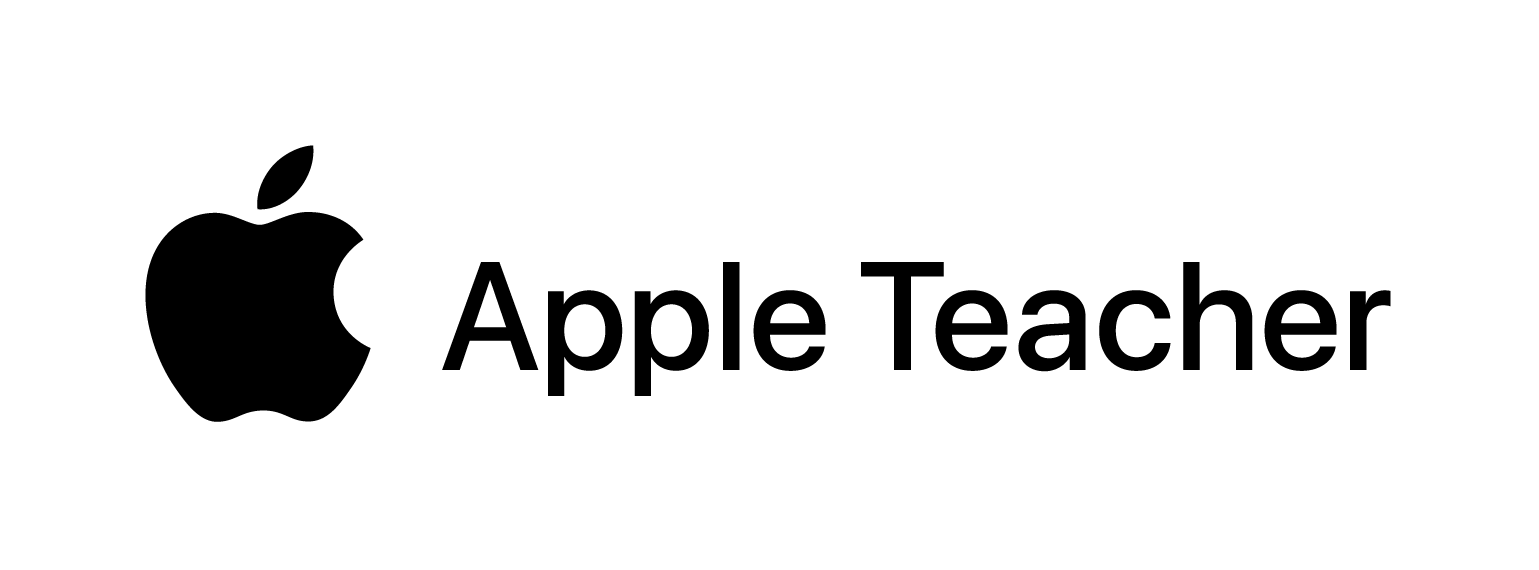Okay, so the title for this blog post is a little misleading, but please bear with me, there will be an ugly, shoehorned metaphor in there but it will all make sense in the end. I hope.
So over the last couple of weeks, my little boy has been ill. Apart from accessing 11 medical services in an eight-day period (and now being completely fine), I have spent a number of hours watching children’s TV with him*. Apart from the obligatory Pepper Pig, the most popular show has been PAW Patrol. For those of you who don’t have small children, or peruse the upper reaches of your TV provider’s channel listings, PAW Patrol is described by Nickelodeon as follows:
PAW Patrol is a CG, action-adventure preschool series starring a pack of six heroic puppies: Chase, Marshall, Rocky, Zuma, Rubble, and Skye, who are led by a tech-savvy 10-year-old boy named Ryder. With a unique blend of problem-solving skills, cool vehicles and lots of cute doggy humour, the PAW Patrol works together on high-stakes rescue missions to protect the Adventure Bay community.
From Marshall the firedog to Chase the police pup to Skye, who flies high in her copter, each pup brings unique personality and skill to the team, modelling the importance of teamwork and good citizenship. They all have special Pup Packs on their backs to help them handle anything – from rescuing kittens to saving a train from a rockslide! No matter how big the adventure, the PAW Patrol always has time for a game, a laugh, and an ear scratch from Ryder.
There are obvious questions about the lack of adult supervision, the advanced technology they have access to, and exactly how this slick operation is financed, but I don’t want to dwell on those here.
More interesting is to take a step back and think about the team as a whole: One leader, six pups with different skills, who all work together to solve problems and make everyone’s lives better.
Now, here is the big metaphor [Cue shoehorn claxon]:
 What if we think of the PAW Patrol as an individual; this could be a student, member of staff, or a community member. The six pups represent different facets of the individual, and the skills represent the different realms within which they work. I see obvious parallels with the Jisc Digital Capabilities framework (see left) we have adopted at Lincoln to help shape our digital future.
What if we think of the PAW Patrol as an individual; this could be a student, member of staff, or a community member. The six pups represent different facets of the individual, and the skills represent the different realms within which they work. I see obvious parallels with the Jisc Digital Capabilities framework (see left) we have adopted at Lincoln to help shape our digital future.
At the beginning of each episode of PAW Patrol, once the initial problem has been set, Ryder decides which pups are needed to complete the task. Throughout the series, all pups get plenty of opportunities to be involved, but not all are needed for each problem (although Chase, the police dog, is always needed because he is awesome – fact). So it is the same with digital capabilities. Each of us will need to tap into the skills of all our ‘digital capabilities pups’ at some point, but we won’t need them all, all the time.
Digital capabilities is all about becoming well-rounded – each element complements the others and gives you the tools to solve whatever digital problems you face. As Abraham Maslow said, “I suppose it is tempting, if the only tool you have is a hammer, to treat everything as if it were a nail.” (1966: 15). By developing the Digital Capabilities framework, it provides an opportunity to reflect on your own capabilities and see where your strengths and weaknesses lie, and then how you can improve.
On February 11, James Clay (@jamesclay), from Jisc, will visit the University to present the latest developments in the Jisc Digital Capabilities project, including their self-diagnostic tool.
So PAW Patrol hasn’t really changed my life, but it has changed my thinking about Digital Capabilities. Now is the time to evaluate and develop your own inner Chase, Marshall, Rocky, Zuma, Rubble, and Skye, to better meet the needs of the digital world, oh and also try not to sing along with the theme tune as you potter around the house… sorry for that!
(* I find myself watching on my own too, it’s quite addictive)
Maslow, A.H. (1966). The Psychology of Science: A reconnaissance. New York: Harper & Row


